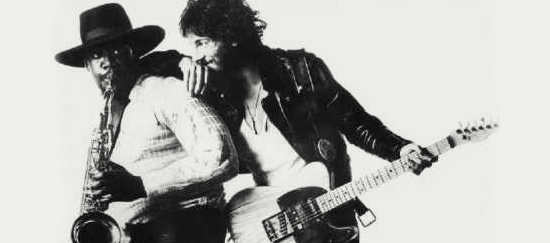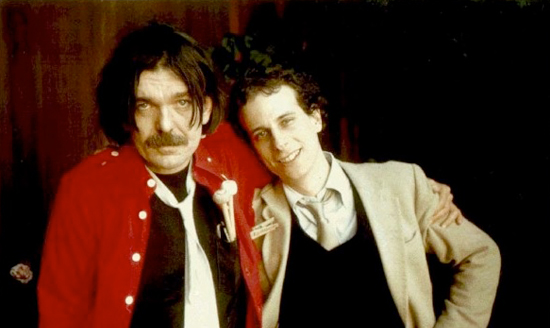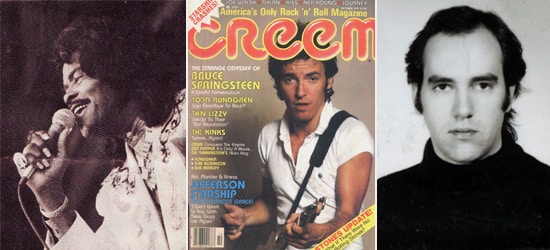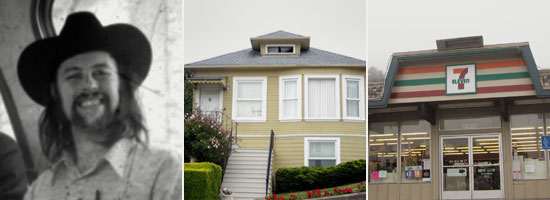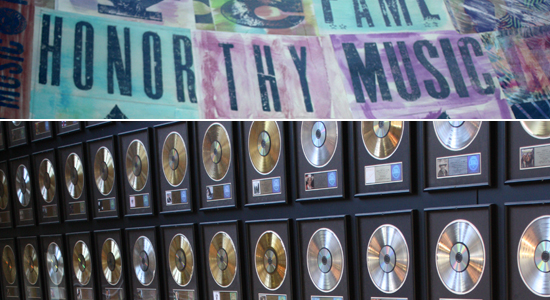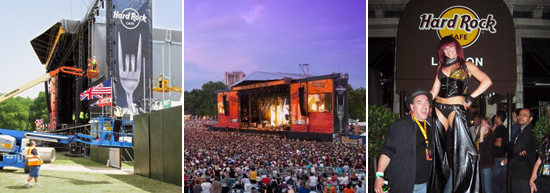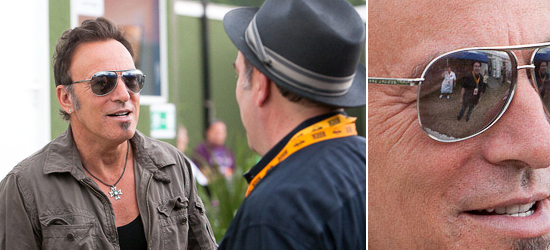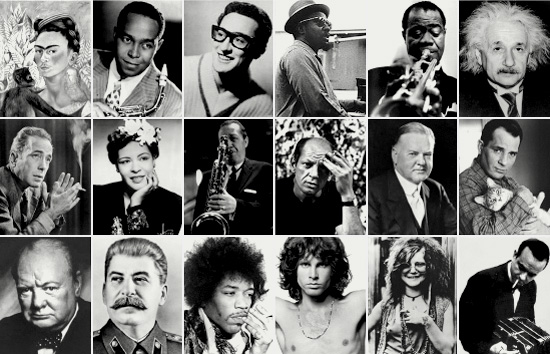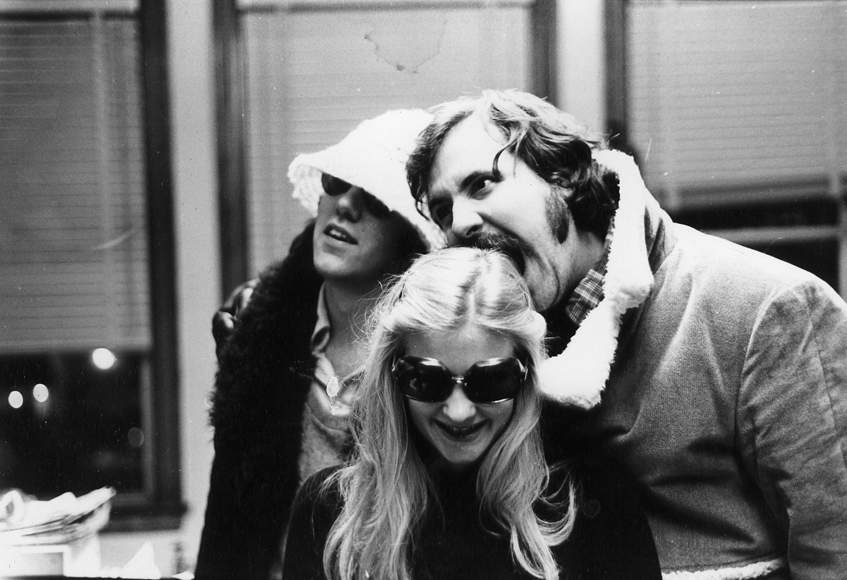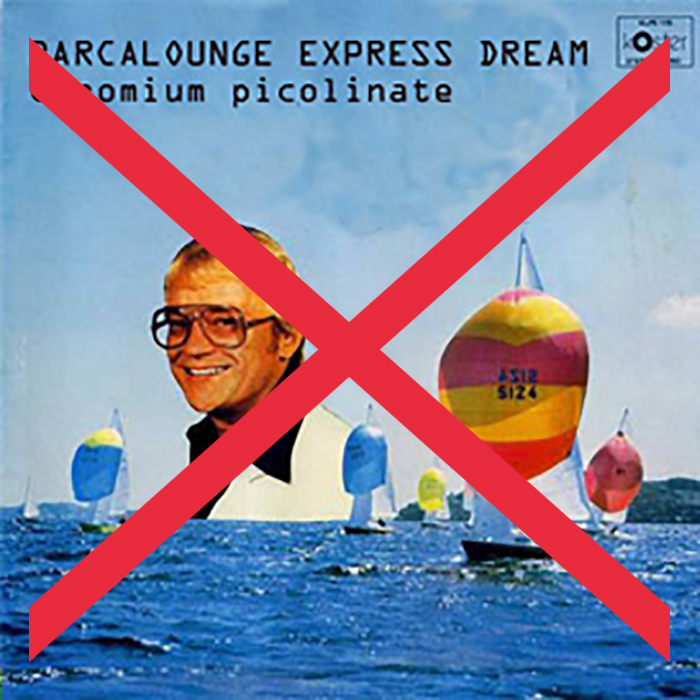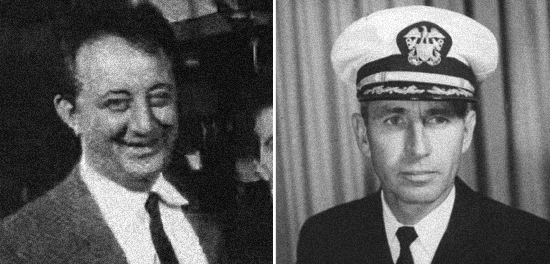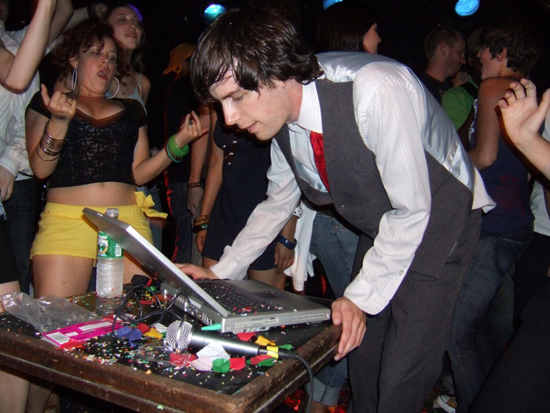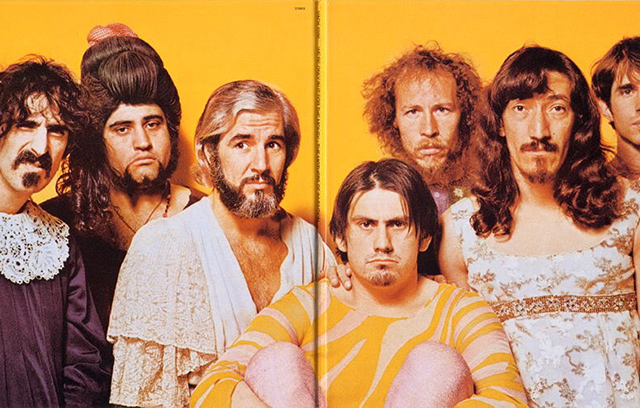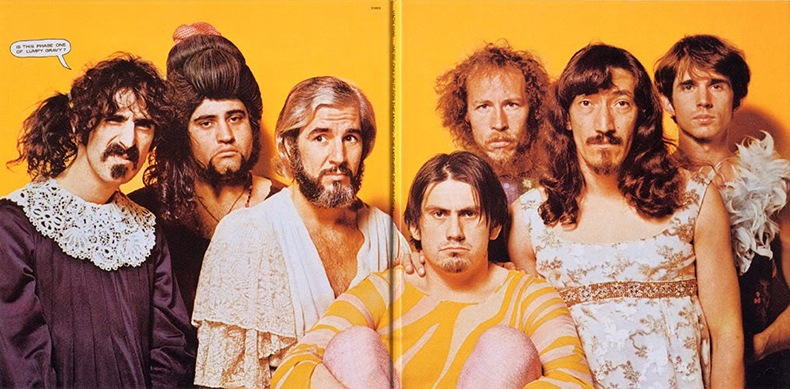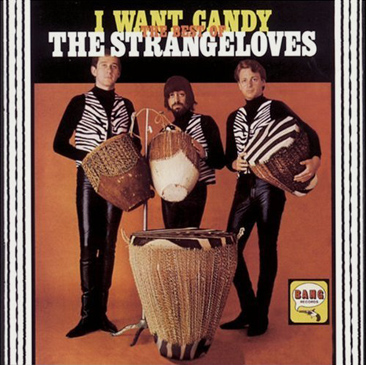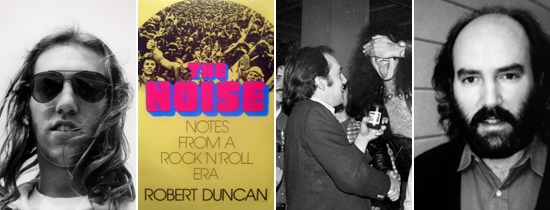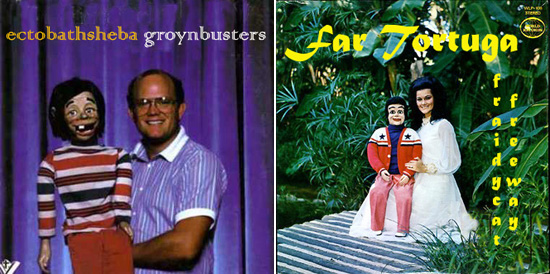
Ecto Bathsheba, Groynbusters (Frilly Underthings). Take one part Arvo Part, one part Weird Al and one part Goblin Cock, mix with strong psychedelics, re-mix with grain alcohol and, voila, the greatest record ever made.
Fraidycat Freeway, Far Tortuga (Testpattern). Noise sisters from S.E. Portland go unexpectedly Americana. Echoes of the Band, Jayhawks — plus, just a lot of echo (hey, enough with the slapback, Constance!). Caveat: it’s a radical departure from Narc. But, thankfully, pretty harmonies can’t entirely mask the rage beneath: “Forest fires burn inside/Raped your swan on West Burnside.”
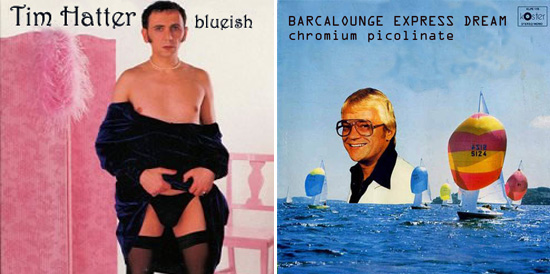
Blueish, Tim Hatter (Elk). Even if the last time you cried was when you were a little kid and your father took your puppy to the pound to have it put to sleep because it shit on his bed because you hadn’t housebroken it properly, Hatter has a rare gift for getting under that burnished leather emotional scar tissue of yours.
Chromium Picolinate, Barcalounge Express Dream (F-stop). It goes against every fiber of my being to enjoy these neo-Kraut Rock electron dribblers. But damned if every decade or so — just when I’ve forgotten they exist — B.E.D. doesn’t re-emerge from the Bavarian forests of Bertel Hopkins’ imagination with a blippy concoction that is to pop what Link Wray was to Connie Francis. If Connie Francis had been named Brumhilde!
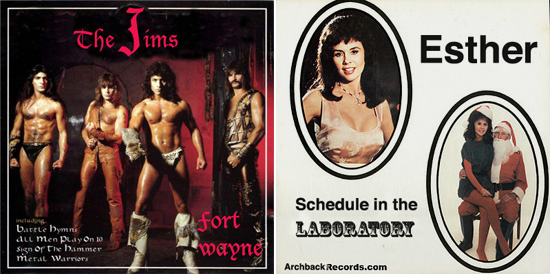
Fort Wayne, The Jims (Erstwhile). Like a Rolling Stones for the ’00s, but without bass or drums. Or money. Or, well.
Schedule in the Laboratory, Esther (Archback UK). Esther is chart-topping, paparazzi-bait humongous in Limeyland, but has yet to get a break in the colonies. Too bad for us. Because her unholy marriage of Adele, Estelle, Shakira, Duffy, Robyn, Beyonce, Enya and Lulu, with a little Cher and Madonna thrown in, is guaranteed to get your Yank booty shaking — even if your Yank booty’s middle-aged, hairy and made of cottage cheese.
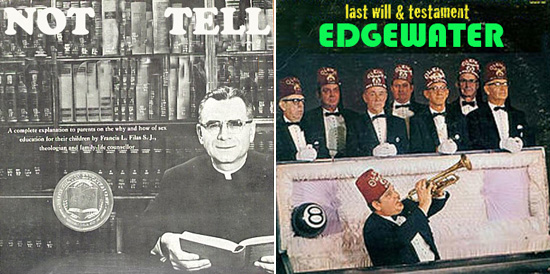
Tell, Not (Elemental Physics Barn). Not exactly your typical E.P.B. band. Maybe because it’s really a band, instead of a technological construct (yeah, I know, wtf?!?). The aptly-named Not is the veteran rockabilly singer Narvel Felts’ side-project supergroup with Buck Dharma of Blue Oyster Cult, Black Oak Arkansas’ Jim Dandy Mangrum and Paul Westerberg(!). Nuff said?
Last Will and Testament, Edgewater (New York Prime). Blasting out of Brooklyn’s latest hipster hotbed, lower-west Boerum Hill, Edgewater singlehandedly returns classic rock to the outskirts of metal — in a thoroughly modern cap and gown. Best line: “I’m shivering/But you’re the one who’s cold.” Indeed.
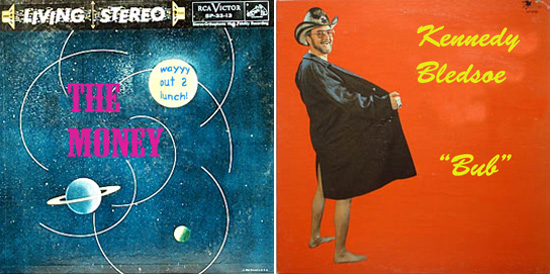
Wayyy Out 2 Lunch, The Money (Bulbous Toe). Post-hip-hop pioneers star in a post-ecological concept album about the first manned — and, of course, womanned — mission to Venus. Full of witty metaphors (Venus is both a planet — and a ho) and artfully stoned rambles, the Money men completely redeem themselves from the execrable Arrrgggh and, if even possible, improve on the incendiary mixtape version of this released in July. A landmark achievement, up there with BrouHaHa’s PaXXX AmeriKKKana.
Bub, Kennedy Bledsoe (Texas A&M). Drew Bledsoe’s bastard son is a bitch of a country guitarslinger. His first indie release since being unceremoniously dropped — after one album! — by Capitol Nashville finds him (finally) getting back to his roots as an unintelligible drunken yowler whose lyrics are impossible to understand — but who nonetheless manages to communicate universes of deep, raw feeling. Will change the way you look at football (I think it’s football; might be foosball; might even be food or Kung Fu).
Honorable mentions: Abbatoir Bouquet, Blast Furnace (Gelding). Onomatopoiea, Arnold Dilney & the King’s Cross Poetasters (Zed). Alphabets of Undergarments, Fetch the Donkey (Itch). Telemachus Cherry, Afterparty (Too Late to Stop Now). Invitation to the Flogging, Infidelicatessen (Brackish). Dromedary Torquemada, Ian Poons (Constructive Criticism). Number II, The Fart Ark (Lawrence Harvey’s Lack of Affect).

